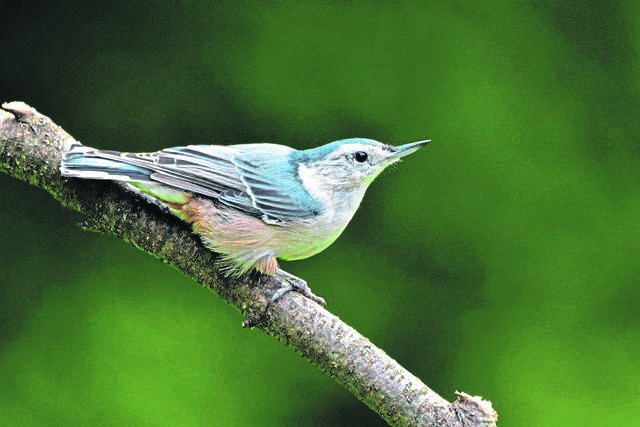https://triblive.com/opinion/editorial-where-have-all-the-birds-gone/
Editorial: Where have all the birds gone?

Pennsylvania may be dotted by cities and towns, but at its heart, the state is a forest.
It’s right there in the name. Pennsylvania. Penn’s Woods.
The state has always embraced that nature. The Department of Environmental Protection was established in 1995 but traces its roots all the way back to 1901 and the Department of Forests and Waters.
For 118 years, we have prioritized protecting the green leaves and blue waters that surround us.
And so it is sad to see researchers tell us that an important part of that wild wonderland is disappearing.
The birds are going away.
“For years during migration, people have been saying they are not seeing the birds like they used to,” said Jim Bonner, executive director of the Audubon Society of Western Pennsylvania.
A new study in the journal Science says people are right. Bird populations are down 29%. Three billion birds are just not here anymore. In Southwestern Pennsylvania, the nuthatch alone is down 33% from the 1986-95 numbers.
The numbers have meaning because birds aren’t just decoration.
When Springdale native and ecological pioneer Rachel Carson wrote her famous book “Silent Spring” about the effect of DDT and other pesticides on the environment, it didn’t start with the impact on people.
It began with dead birds.
Birds were taken into coal mines in the days before carbon monoxide monitors and other air quality measurement. They were sentinels — more sensitive to the changes in the environment. If a bird died, the miners weren’t safe either.
Environmental topics can be touchy as they become more about politics than they are about things everyone can agree on. We all want to breathe safely. We all want to drink water that won’t harm us.
But the politics shouldn’t distract us from what is important. We need to pay attention to those canaries in our coal mines.
And that is exactly why we should care that a third of the birds have disappeared.
Copyright ©2025— Trib Total Media, LLC (TribLIVE.com)
